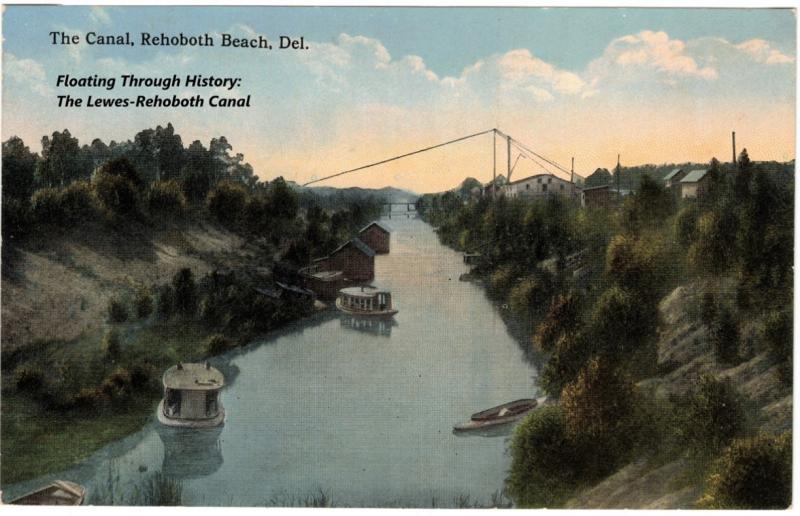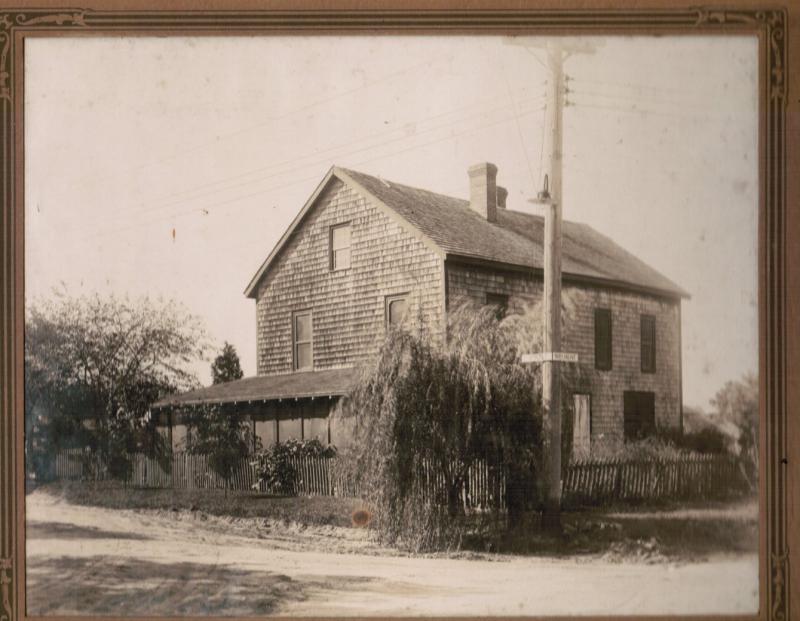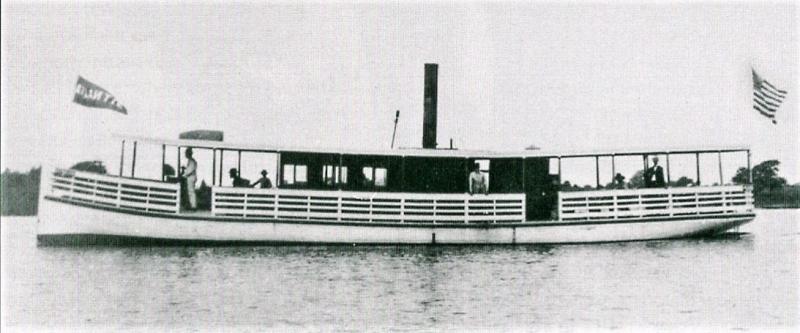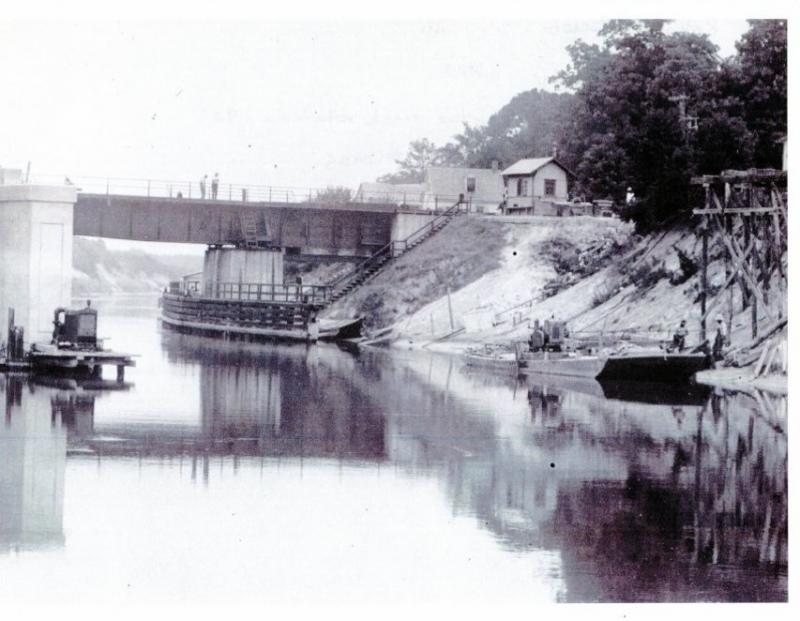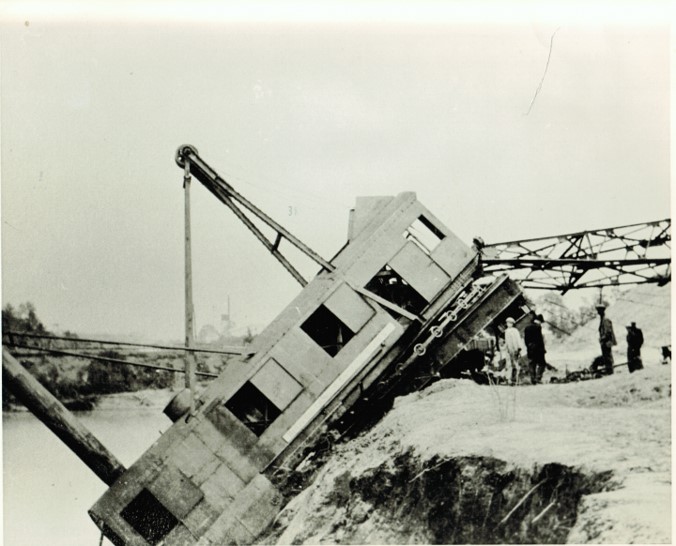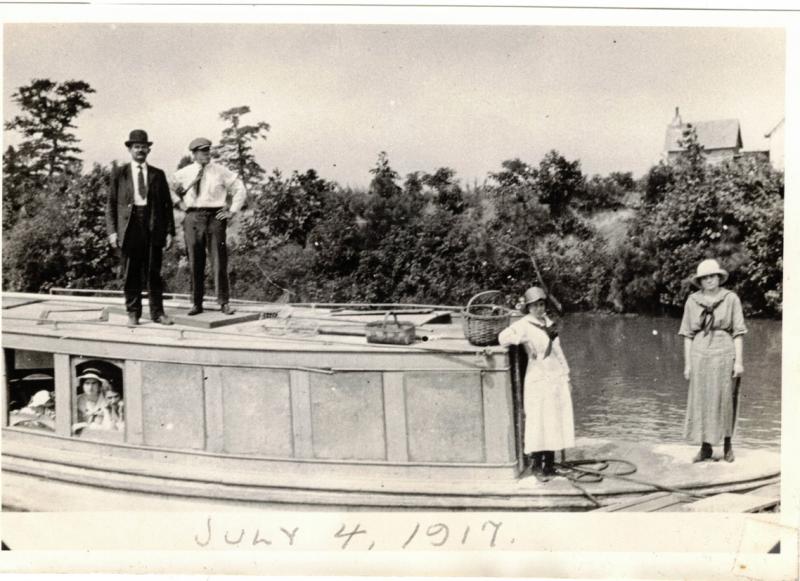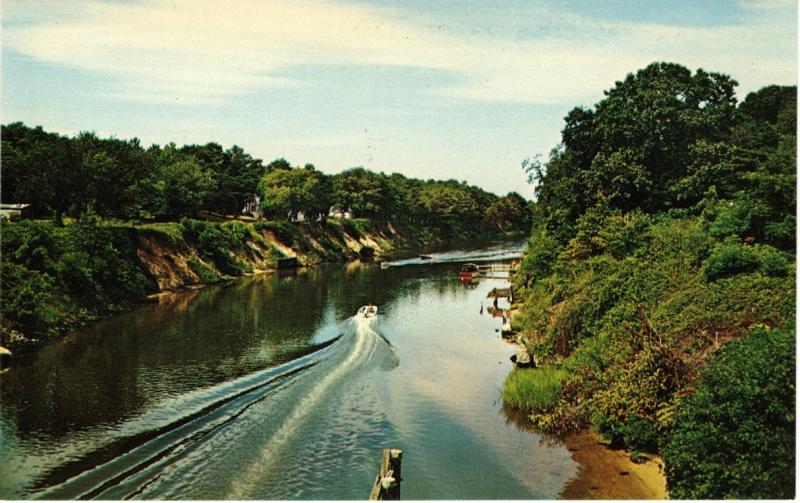Lewes-Rehoboth Canal built too late for commercial success
For more than 100 years, the Lewes-Rehoboth Canal has provided commercial and recreational boaters an easy way to travel from Delaware Bay to Rehoboth Bay. A recent online presentation by the Rehoboth Beach Museum called Floating Through History: The Lewes-Rehoboth Canal explored the history of the canal and set the stage for a renaissance of sorts with the city’s new canal dock at the backdoor steps of the museum.
Paula Roberts, museum exhibit manager, did the research and conducted the presentation. The museum’s original presentation on the history of the canal was postponed because Roberts broke her arm just before it was scheduled to take place. She acknowledged the delay, but also noted it coincidentally happened at the same time as the week-long blockage of the Suez Canal in Egypt.
Canals are often thought of as quaint relics from the past, but the recent Suez Canal events show they are still an important part of world commerce, said Roberts.
The 10-mile-long Lewes-Rehoboth Canal was first proposed in 1803 as a public/private venture, said Roberts. The purpose, she said, was to help move eastern Sussex County agricultural products faster to nearby cities with large ports – Baltimore and Philadelphia.
Those original plans faltered, but the discussion was revived in 1866 and soon after, two miles of the canal – from Rehoboth Bay to Rehoboth Beach – were dug. Roberts said Congress approved funding to finish the remaining portion of the canal in 1912. It opened for business in 1916 and was completed in 1918, she said.
The canal was finished much too late to be a commercial success, because by that time, there were roads and trucks that could move the produce faster, said Roberts.
For many years, the canal was used as a way for visitors to get to Bethany Beach, said Roberts. People would take the train to Lewes and on to Rehoboth, and then hop on a ferry docked in the canal, which would take them south, she said.
The canal may have missed its chance for true commercial success, but there was industry taking place – there were multiple canning facilities near its banks, including Kirkpatrick’s Oysters and Stokely-Van Camp Tomatoes, and there were a laundry house and an ice house along the waterfront.
Environmentally, the canal has led to pollution of the bays, said Roberts. The laundry house’s soapy suds and the tomato cannery’s leftovers were discharged straight into the canal, she said.
There were a lot of waste products, said Roberts. People today probably wouldn’t let their children play in it, but at the time there were no worries, she said, adding that was before the city also began discharging its treated wastewater into the canal – a practice that stopped with the completion of the ocean outfall in 2018.
Roberts said over the years, the primary use of the canal has been for recreational activities like boating, crabbing and fishing. At one point, she said people reported the canal to be full of crabs, oyster crackers, eels and flounder.
Roberts concluded her presentation with a picture of the recently completed canal dock. This dock should provide some additional recreational opportunities, she said.
Chris Flood has been working for the Cape Gazette since early 2014. He currently covers Rehoboth Beach and Henlopen Acres, but has also covered Dewey Beach and the state government. He covers environmental stories, business stories and random stories on subjects he finds interesting, and he also writes a column called Choppin’ Wood that runs every other week. He’s a graduate of the University of Maine and the Landing School of Boat Building & Design.











